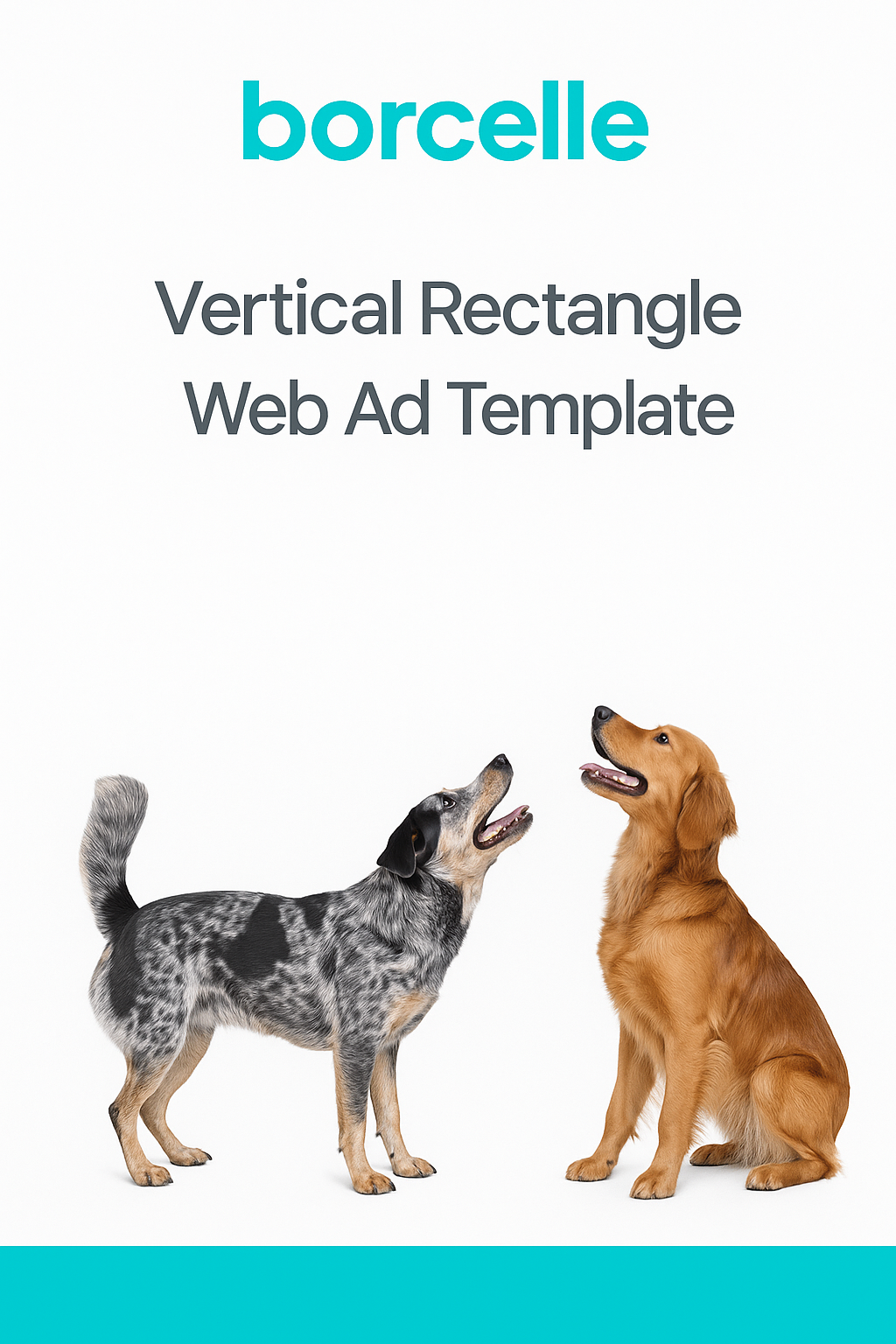Hi Christa,
This seems odd but if your internist has not expressed too much alarm it may truly be nothing of concern. That being said, your internist could bring in a dermatologist for a second opinion. An unfortunate side effect of steroids is weakening of the muscles and ligaments which might explain some of the position of his feet. The added pressure on the floor can lead to calluses over prominent points of bones. Steroids also can cause a slowing of hair regrowth. If Indy is otherwise doing well, then that may be all there is to it and he can continue to live a happy life hopefully.
All the best,
Dr. Ryan Llera








